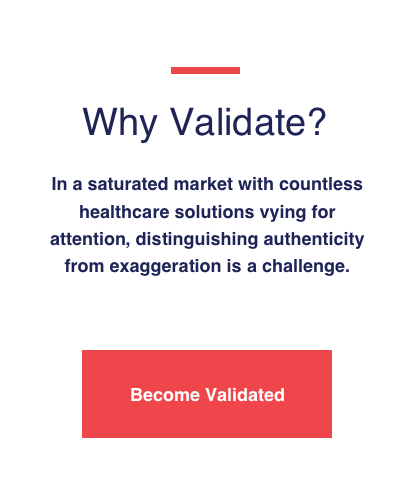The OB episode is taking center stage as a proving ground for value-based delivery. But despite the obvious potential for improving OB outcomes through value-based models, the transition has proven to be extremely difficult, in part because of a lack of care continuity, challenges with payment reform and poor access. There are other considerations and challenges to address, but I’d like to focus on three key areas that are mission critical to accelerate our collective success.
Collapsing Silos, Aligning Stakeholders
The first crucial step in pursuing value-based care within the OB setting is addressing the lack of alignment that has plagued the system. You have to ensure that all stakeholders come together to discuss program goals and that providers and payers clearly understand how to support one another. We can’t leave patients to connect dots between silos. It starts with focusing on the patient and designing programs based on what’s best for the individual. Just as importantly, you must make sure everyone is on the same page with a clear understanding of what value-based care means in the context of the program they are building.
Equity and Value: A Symbiotic Relationship
The increasing focus on maternal health equity, and the accelerated adoption of value-based care models, are two priorities that are dependent upon one another for long-term success. Value-based care has the potential to positively influence equity outcomes through contract and measurement design, enhanced data and better care connections. This is particularly important because factors related to health disparities, health equity and social determinants of health are critical in achieving outcomes within a value-based care program.
Value-based care facilitates equity through the redistribution of funds. If physicians can participate in the upside of value-based contracts where payment is based on outcomes, they will be able to focus on prevention and early detection, while also allocating additional resources to patients with unmet needs. It is important that you don’t treat equity as an afterthought. Instead, make sure your program design and measurement metrics include specific equity-based goals.
Assessment, Escalation and Timely Connections
Ongoing risk assessment, stratification and escalation should be core to a value-based care implementation. Without anticipating health issues and acting proactively to intervene with the right patients at the right times, we will not experience the outcomes we all desire. Too often, we fail to make critical connections between patients and providers in a timely manner. Traditionally, the system has not been good at translating data into action for providers. Moving forward in value-based care, we have to leverage a fully-integrated data set that includes clinical, SDOH, demographic triggers and patient self-reported data. We have to ensure continuous monitoring of patients via digital tools, remote devices and patient advocates. And we have to facilitate more effective escalations to clinical resources, which includes equipping and empowering providers with important data and context on each patient, as well as real-time access to evidence-based standards to support decision making.
We are entering a new era where innovative care and payment models are both our greatest hope and our largest hurdle. To fully reach the potential of the value-based care models, we have to be able to accurately assess risk, empower patients for self-management, support evidence-based care decisions by providers, and escalate individuals to proper care in a timely fashion. And we have to collapse silos and achieve more alignment and collaboration than we’ve ever seen in healthcare. It’s a tall order, but it’s absolutely possible. The future in front of us is filled with possibilities. Together, we can usher in a new era for women’s health.
For more exploration of value-based care in the OB setting, join a community of leading national experts at valuebasedobcare.com. You’ll find multi-stakeholder insights and best practices, as well as a comprehensive checklist to guide your value-based care journey.

By Leah Sparks, Founder & CEO
Wildflower Health




